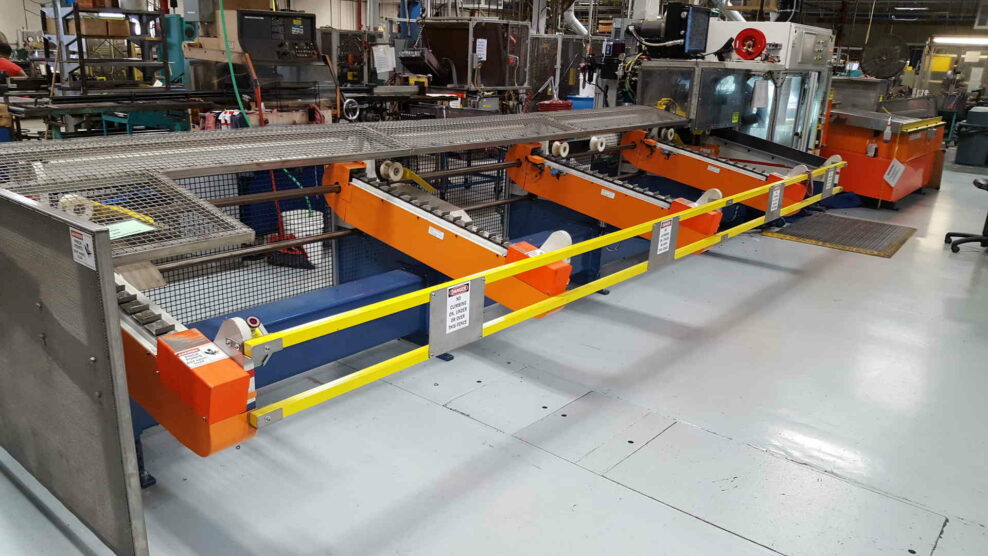One of the most important concerns facing any company today is worker safety. Maintaining a safe environment is among the top priorities for most organizations, since safety translates into higher production levels, lower insurance rates, and better overall worker performance. With fewer lost-time accidents, companies run more smoothly and save money, as well as provide a better place for their employees to work.
Companies take various approaches to safety standards. Some organizations rely on very strict rules that are rigidly enforced, hoping that this will prevent any accidents. Other groups utilize training as a way of educating the workforce on possible dangers, hoping that competent employees will prioritize safety themselves. However, one of the most common methods of ensuring worker safety is to update equipment. A factory floor with modern, up-to-date equipment is inherently safer than one with outdated, possibly hazardous machines.
Updating Equipment: Add Ons or Replacements?
Once the decision has been made to update machinery and equipment, companies are faced with a choice. Many types of equipment can be updated by adding on to existing frameworks or modifying existing pieces with purchased accessories. This is often seen, at least initially, as the less expensive option when compared with replacing the equipment altogether. However, when the costs associated with bringing older machinery up to modern safety standards is finally calculated, as well as the internal resources necessary to do so, many companies are surprised to learn that replacement may be a better bargain.
For example, a company may decide to add machine guarding to existing equipment. This often happens in response to an injury that has already taken place, in order to prevent further injury. This process is done by retrofitting and placing some type of guard on or around the machine, which can be a relatively costly procedure. It can also be very ineffective and can hamper the use of the machine significantly. In some cases, retrofitting guarding has actually created new hazards as employees try to navigate the new setup.
The problem is that achieving acceptable safety levels with older machinery, particularly something like a tube cutoff lathe that spins at high speeds, is a challenge. These machines are designed to involve operator interaction to some degree in the cutting process. By their very nature, they are difficult to retrofit with safety devices, and the process may be expensive and ineffective. Instead, it may be simpler to replace such a machine with a rotating-head tube cutoff lathe, which is inherently safer.
What To Look For In New Equipment
When purchasing new equipment, it is important to think about potential operator hazards and the guarding that is already in the design. Manufacturers often conduct risk assessments that systematically identify potential hazards and list possible corrective actions. This helps them make good purchasing choices before investing in new machinery.
At a minimum, companies should consider equipment that includes integrated guarding packages. Ideally, these guarding systems should be designed to provide an appropriate level of protection without affecting the efficiency of the overall cutting or machining process. Many manufacturers find that good guarding systems can actually help maximize the utilization of floor space, keeping work environments cleaner and safer and improving production.
Additional safety components, such as light curtains, interlocked guards, and safety mats should be chosen for their effectiveness, but they should also never compromise the overall safety of the system. Manufacturers use the value of Performance Level or PL to define the ability of safety-related parts of control systems to perform a safety function under foreseeable conditions. This value can help companies determine how a component will integrate into existing systems and their potential impact on the overall manufacturing process in the event of a failure. Many newer systems contain “zone control” features which can disable parts of the system without shutting down the entire process. For example, if the loading or unloading process malfunctions, zone controls can allow shutdown only of that portion of the process, while work continues elsewhere, allowing for repair without compromising worker safety or production capabilities.
References:


